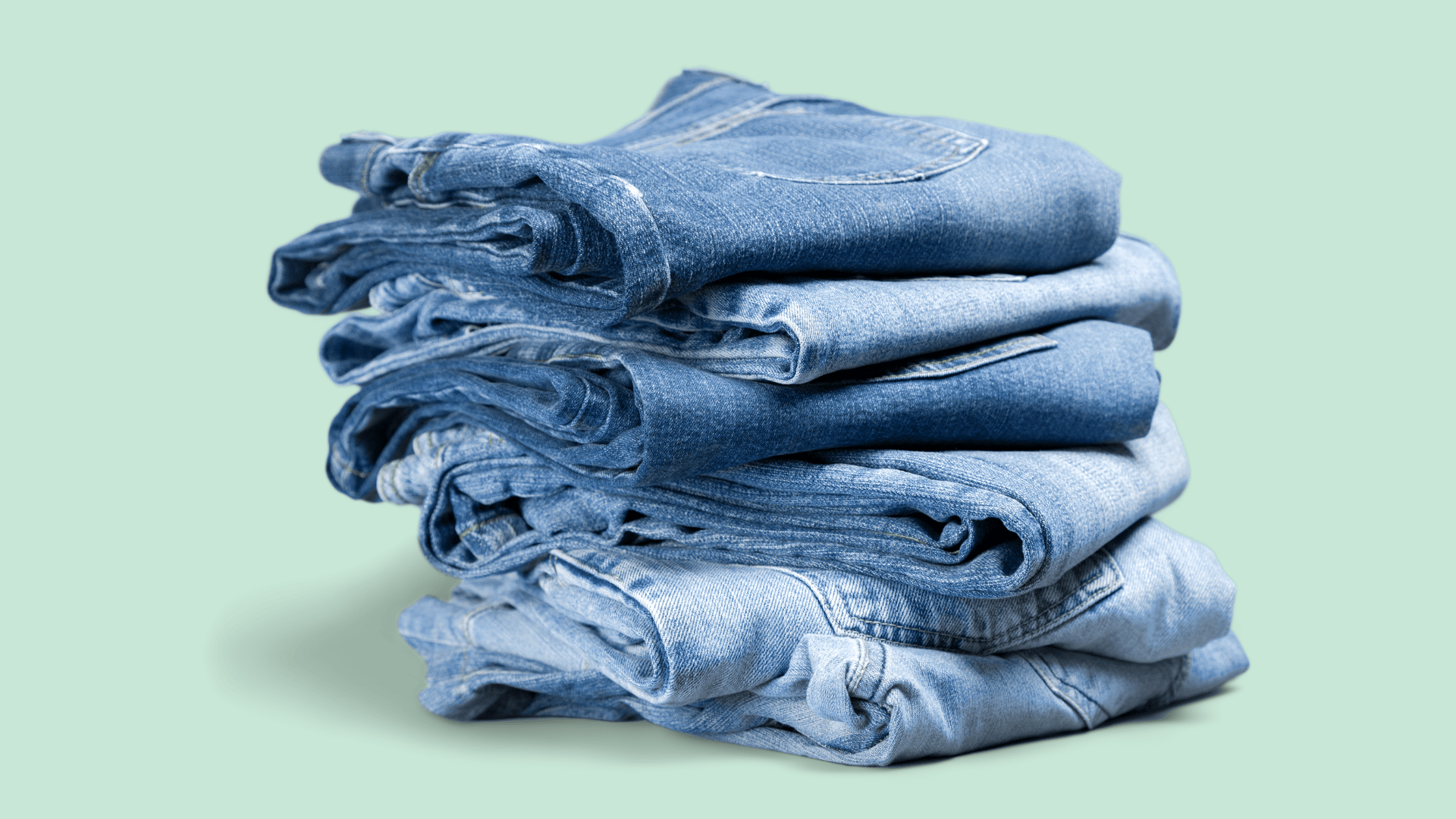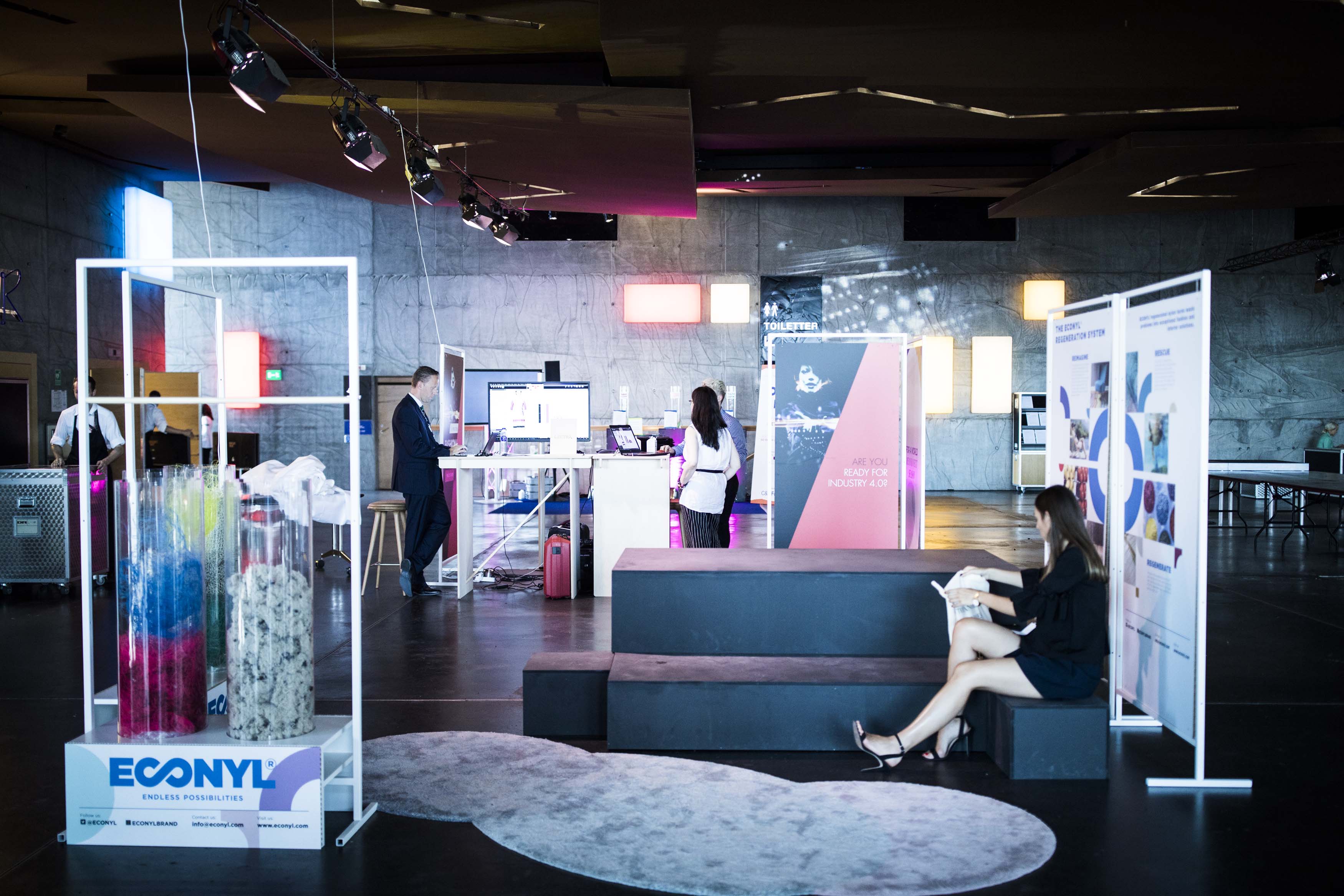
Can ever-higher rates of consumption ever truly be sustainable? Consideration of up-and-coming consumers will be key to making progress in the sustainability of the fashion industry.
Each year in May, Copenhagen hosts the Copenhagen Fashion Summit, which brings together fashion industry leaders to consider the environmental and social sustainability issues rife within the industry. While this year’s event promises discussions on important supply-side issues like materials and design, circularity, supply chains, wages, and the like, there seems to be precious little time dedicated to demand-side issues, principally the role of consumers. As such, this post offers a review of some key facts and trends that foreshadow the landscape of the future of (sustainable) fashion, and in particular, the role of consumers.

First, some key facts about the scale of the fashion industry and its impacts:
- Greenhouse gas emissions from the textile industry account for 8% of all carbon emissions globally, more than those emitted by all international flights and maritime shipping combined (Quantis, 2018).
- The top 20 companies in the clothing industry, mostly in the luxury segment, account for 97% of its economic profit (McKinsey, 2019).
- Clothing sales have more than doubled in just the last 20 years (Ellen McCarther Foundation, 2017), and apparel consumption is projected to rise an additional 63% by 2020 (Global Fashion Agenda, 2017).
- Despite growing efforts to collect and recycle old textiles, less than 1% of materials used in clothing is recycled (Ellen MacCarthur Foundation, 2017).
- Companies – particularly luxury companies – often prioritize brand image over sustainability. For example, Burberry found itself embroiled in scandal after it chose to burn US$37 million in excess stock last year, rather than discount or donate it.
While many of these issues skew toward supply-side, consumers’ habits play a key role in the vast excesses of the fashion industry. Consumption rates seem to grow ever-higher.
- Nearly half of young female consumers buy clothing at least monthly (Farsang et al, 2015).
- An article of clothing in a woman’s closet is worn a mere 7 times on average before being discarded (Barnardo’s, 2015)
- In the past year, a quarter of Australians (24%) have thrown away an item of clothing after wearing it only once, and 1 in 6 have binned 3 items or more after a single wear (YouGov, 2017).
- A third of UK women consider a garment “old” after wearing it 3 times or less (Barnardo’s, 2015).
- 38% of Millennials have bought at least half of the clothes they own within the past year (YouGov, 2017).
- In China, clothing utilization (that is, the number of time a garment is worn before being discarded) has fallen by over 70% in the last 15 years (Ellen MacCarthur Foundation, 2017). At the same time, Greater China is projected to overtake the U.S. in 2019 as the largest fashion market in the world (McKinsey 2019).
The consumer landscape is changing rapidly when it comes to “sustainable” fashion, so much so that fashion firm executives identified consumer behaviors that force industry to “self-disrupt” as the #1 trend for 2019 (McKinsey, 2019). Key consumer trends underscore the significance, scale and potential of consumers in the quest for (more) sustainable fashion. Younger consumers – Millennials (born 1980-2000) and Gen Zers (born 2000-now) – are largely responsible for pushing companies to become more sustainable.
- 94% of Gen Zers believe that companies should address social and environmental issues (Cone, 2017).
- Gen Z alone will account for 40 percent of global consumers by 2020. (McKinsey, 2019)
- 90% of Millennials would boycott or otherwise refuse to buy from a company that is doing harm (Cone, 2017)
- Consumers want to support brands that are doing good in the world, with 66 percent willing to pay more for sustainable goods (McKinsey, 2019).
As younger generations increase their buying power – and couple it with ethical evaluations – companies will need to become even more responsive to and diligent about addressing sustainability issues. Yet, high consumption rates threaten to curtail gains made from sustainability advances, like textile recycling. In addition to more sustainable production practices – and subsequent ethical purchasing – consumption must decrease if the perils of the industry are to be addressed.
“Younger consumers are seriously concerned with social and environmental causes, which many regard as being the defining issues of our time. They increasingly back their beliefs with their shopping habits, favouring brands that are aligned with their values and avoiding those that don’t.”
McKinsey, 2019: p. 45
I am often asked what one can do as an individual to be more sustainable when it comes to fashion. My answer is in two main parts. First, buy fewer, better quality items and wear them for longer. Classic, good quality pieces will wear better and last longer. Even if they cost a bit more at purchase their extended life makes them a more affordable option in the long run. Second, re-think how you care for your clothes. Washing them less, at lower temperatures, and hanging them to dry will all result in gains for both your energy bill, as well as the environment, estimated at a 3% carbon reduction (WRAP, 2017). Some proponents even argue that you never need to wash your jeans! (though this might be a bit extreme for some)
There is no silver bullet to solving the unsustainability of the fashion industry. But one thing does seem clear: advances and changes must come from all sides if progress is to be made. As the Copenhagen Fashion Summit kicks off this week , please keep in mind the importance and role of everyone involved in the production, sale, and disuse of fashion, as well as the very premise that the industry is based on: consumption.

Erin Leitheiser is a postdoctoral researcher in Corporate Social Responsibility and Sustainability at Copenhagen Business School. Her research interests revolve around the changing role and expectations of business in society. Prior to pursuing her PhD, she worked as a CSR manager in a U.S. Fortune-50 company, as well as a public policy consultant with a focus on convening and facilitating of multi-stakeholder initiatives. She is supported by the Velux Foundation and is on Twitter as @erinleit.
References
Barnardo’s. (2015). One worn, thrice shy – British women’s wardrobe habits exposed!. Retrieved from https://www.barnardos.org.uk/news/Once-worn-thrice-shy-8211-British-women8217s-wardrobe-habits-exposed/press_releases.htm
Cone. (2017) “Gen Z CSR study: How to Speak Z”. http://www.conecomm. com/2017-cone-gen-z-csr-study-pdf
Ellen MaCarthur Foundation. (2017). A new textiles economy: redesigning fashion’s future. 1–150. Retrieved from https://www.ellenmacarthurfoundation.org/publications/a-new-textiles-economy-redesigning-fashions-future
Environmental Audit Committee, House of Commons. (2017). Fixing Fashion: clothing consumption and sustainability.
Farsang, A., Gwozdz, W., Mueller, T., Reisch, L. A., & Netter, S. (2015). Survey Results on Fashion Consumption and Sustainability Among Young Consumers in Germany, the Netherlands, Sweden, the UK and the US in 2014. Borås: Mistra Future Fashion.
Global Fashion Agenda. (2017). Pulse of the fashion Industry. Retrieved from https://www.copenhagenfashionsummit.com/wp-content/uploads/2017/05/Pulse-of-the-Fashion-Industry_2017.pdf
McKinsey & Company. (2019). The State of Fashion 2019.
Quantis. (2018). Measuring Fashion.
WRAP. (2017). Valuing Our Clothes: the cost of UK fashion. Retrieved from http://www.wrap.org.uk/sites/files/wrap/valuing-our-clothes-the-cost-of-uk-fashion_WRAP.pdf



